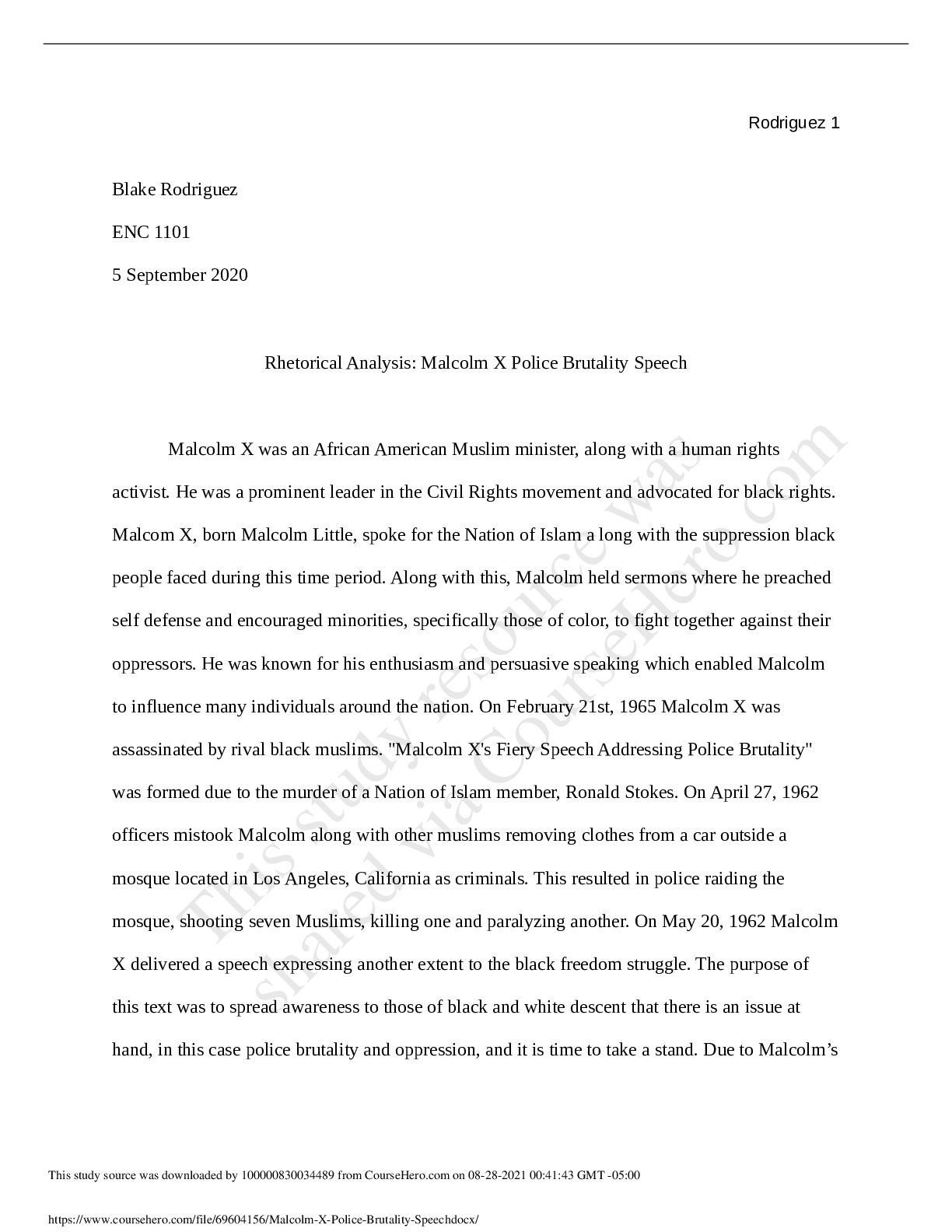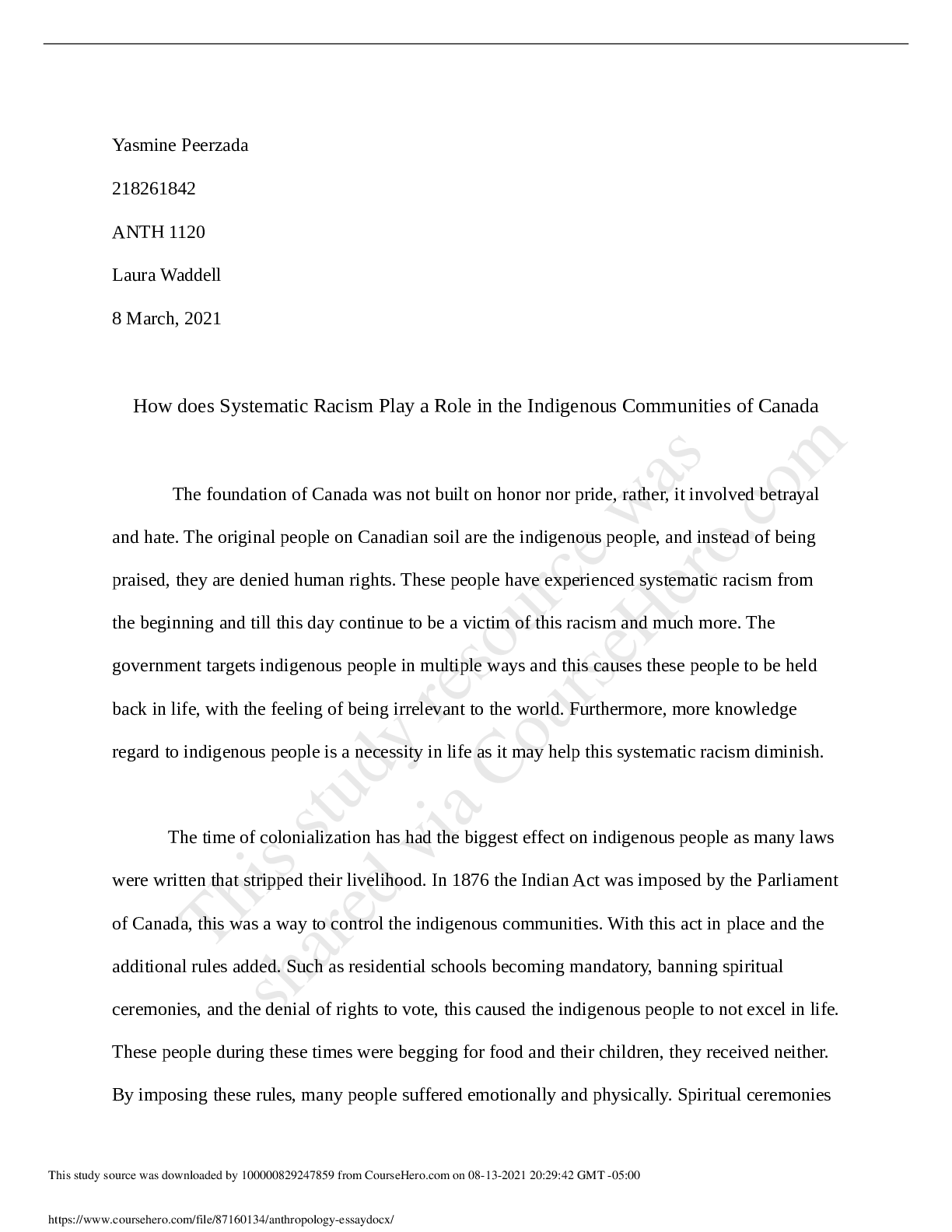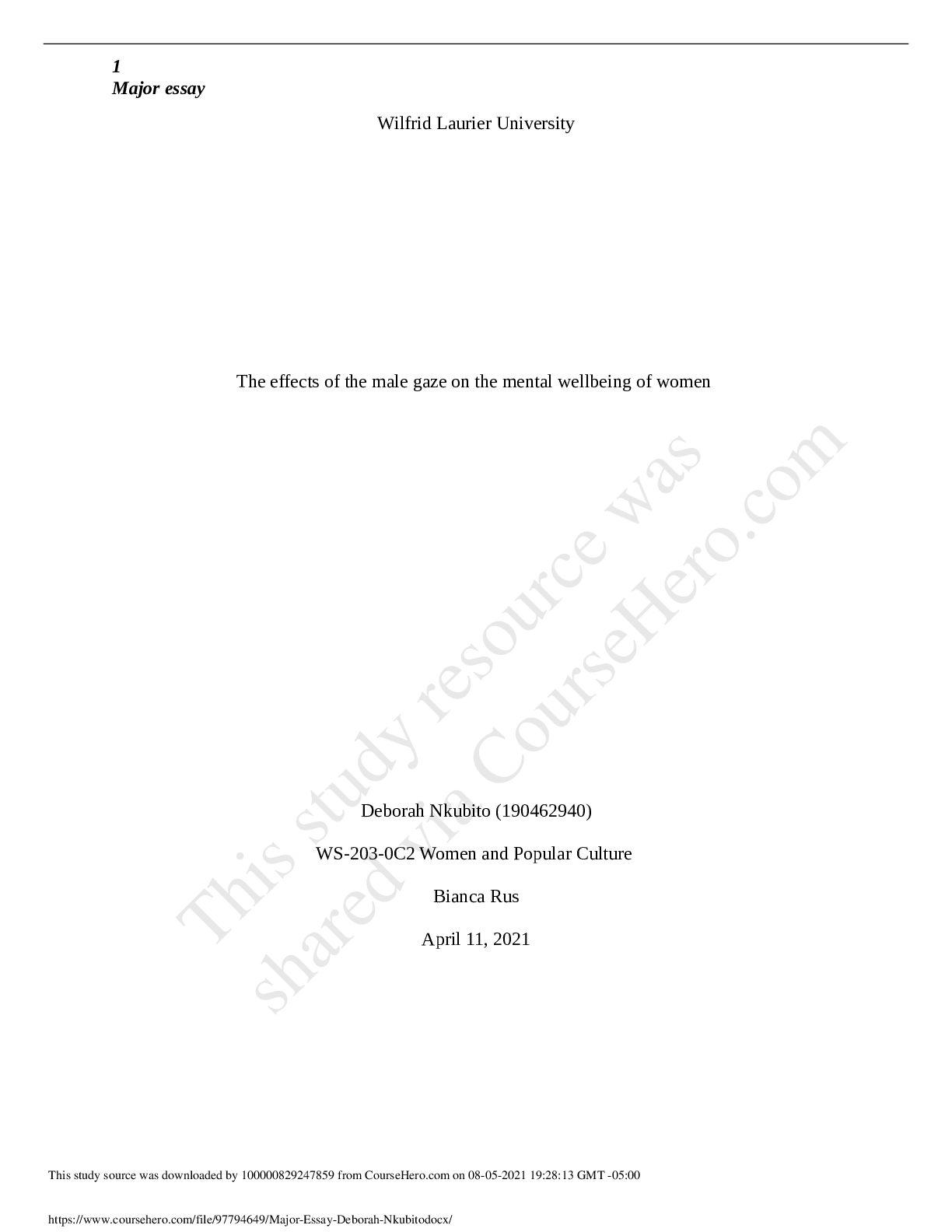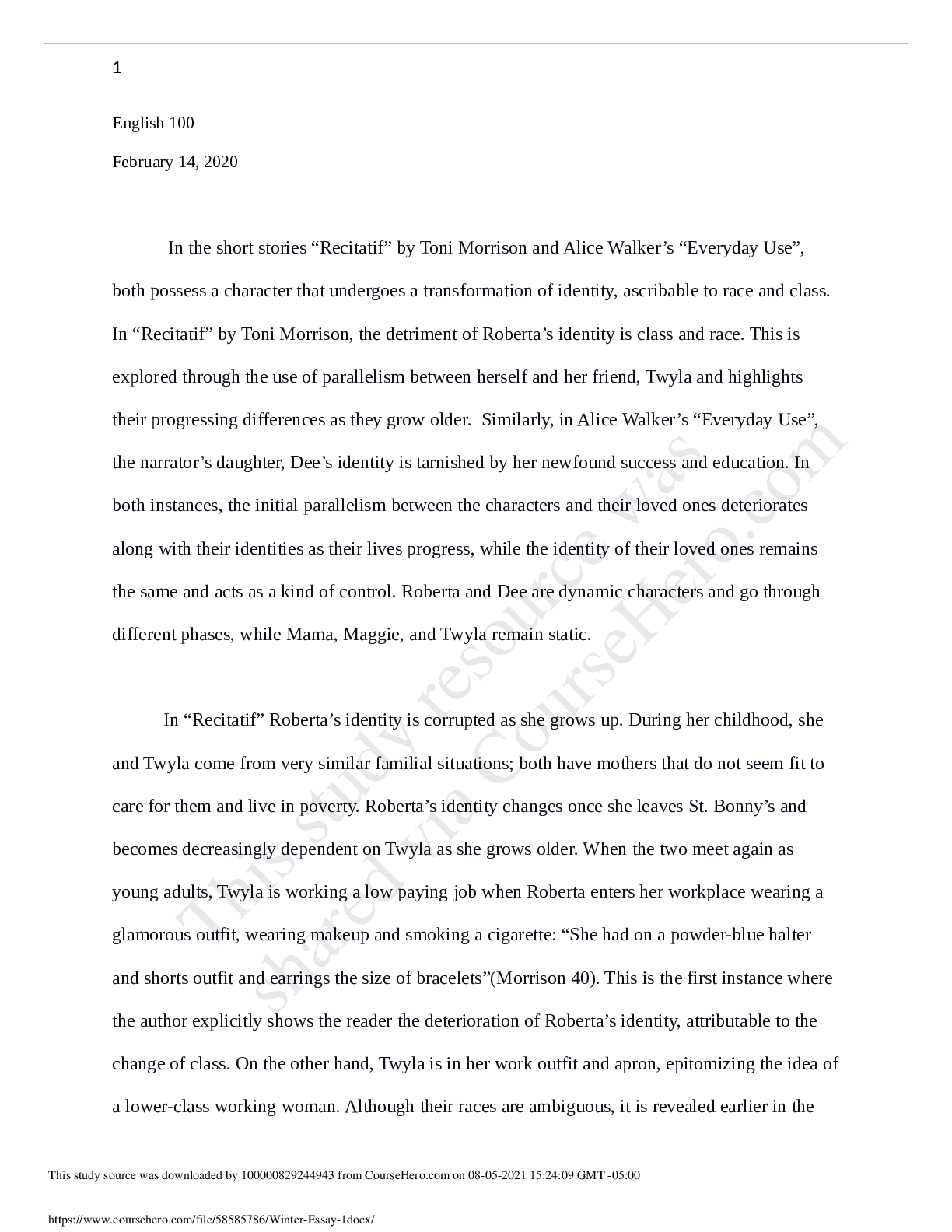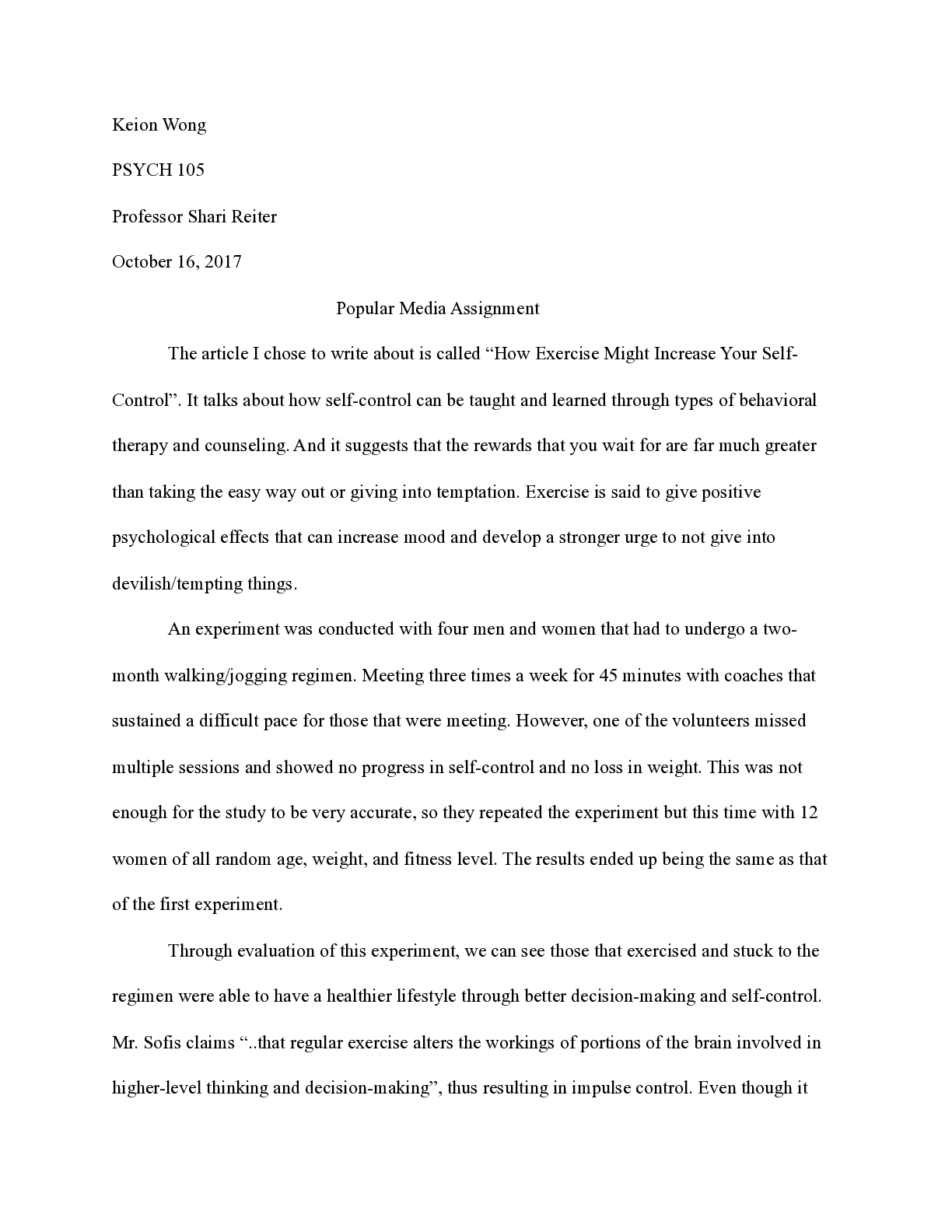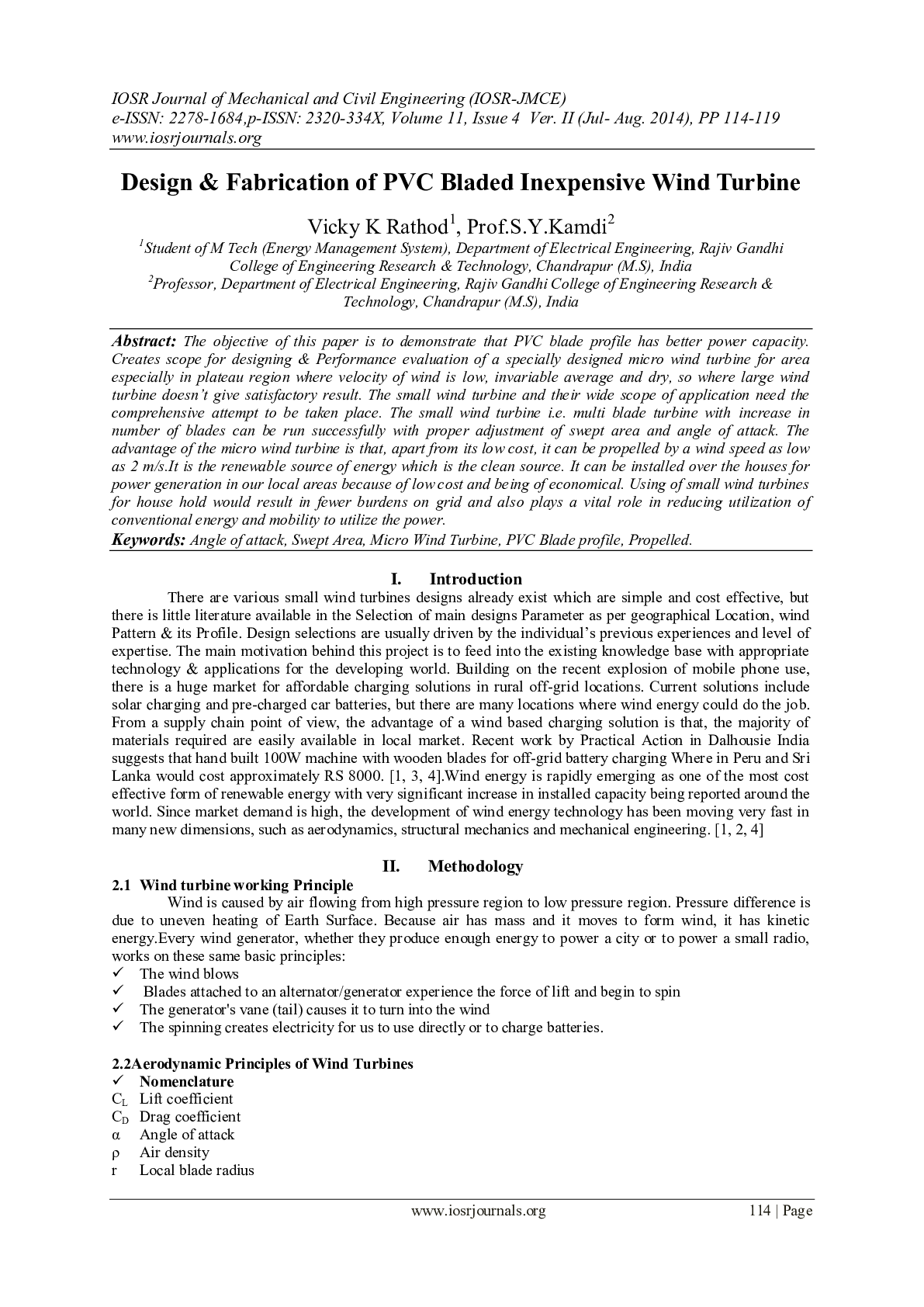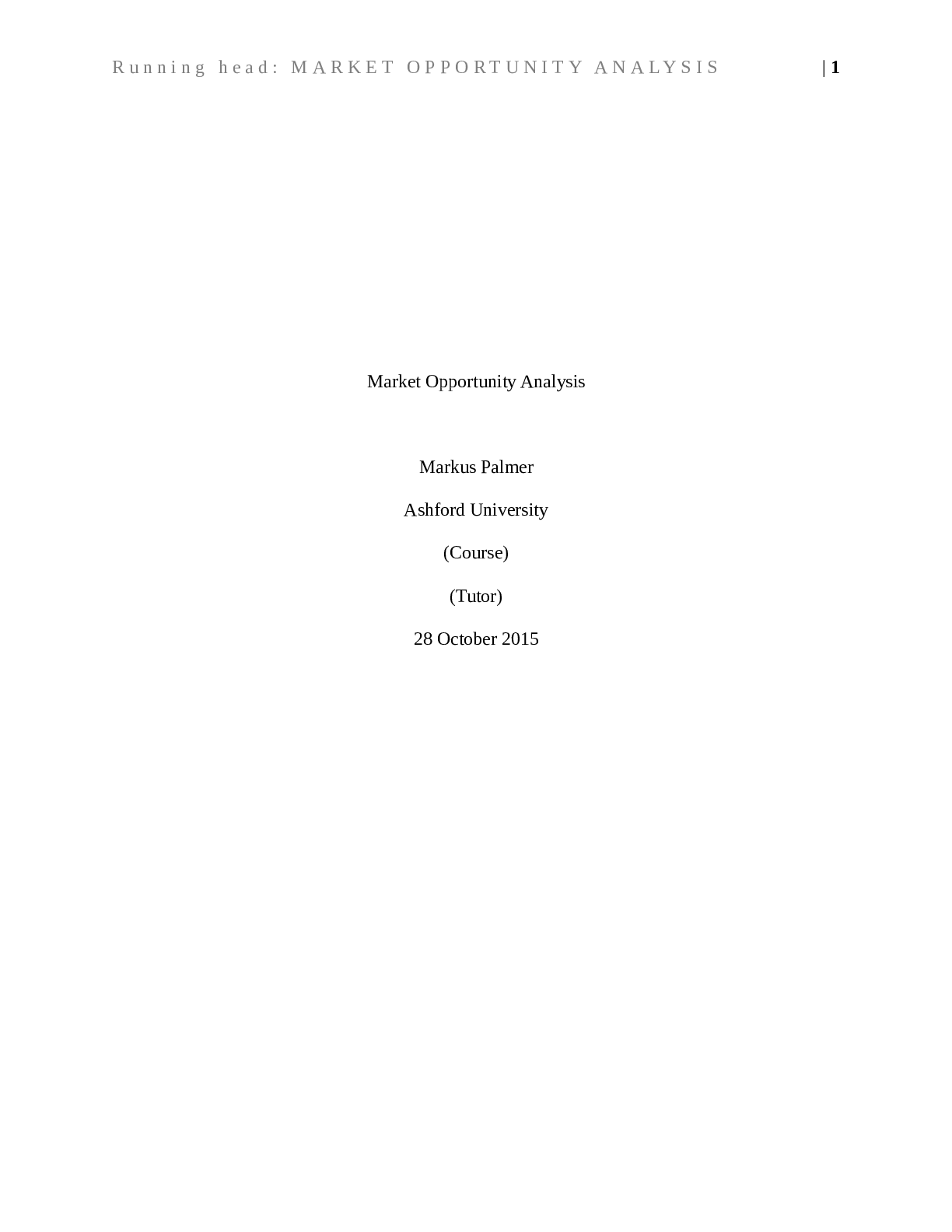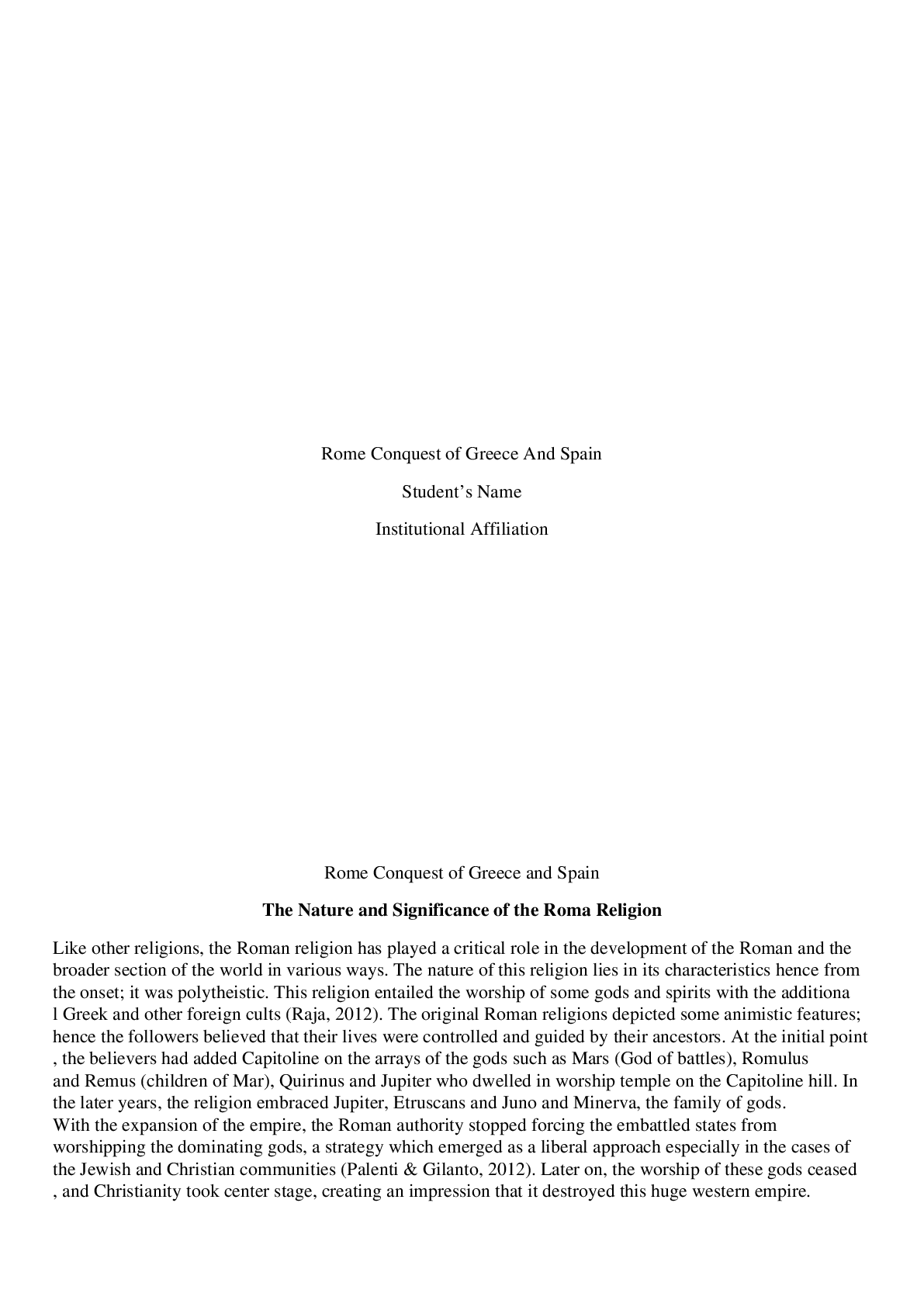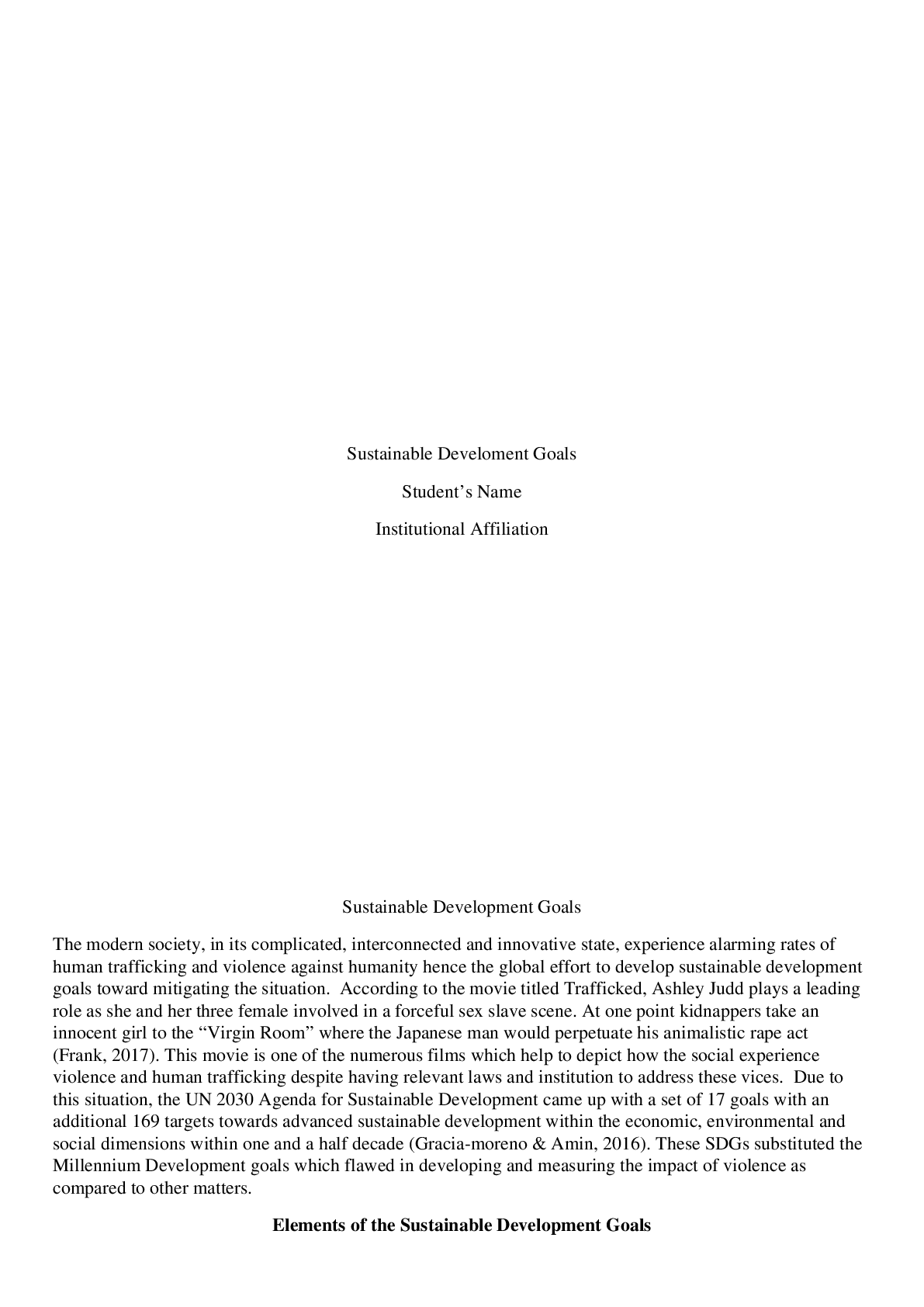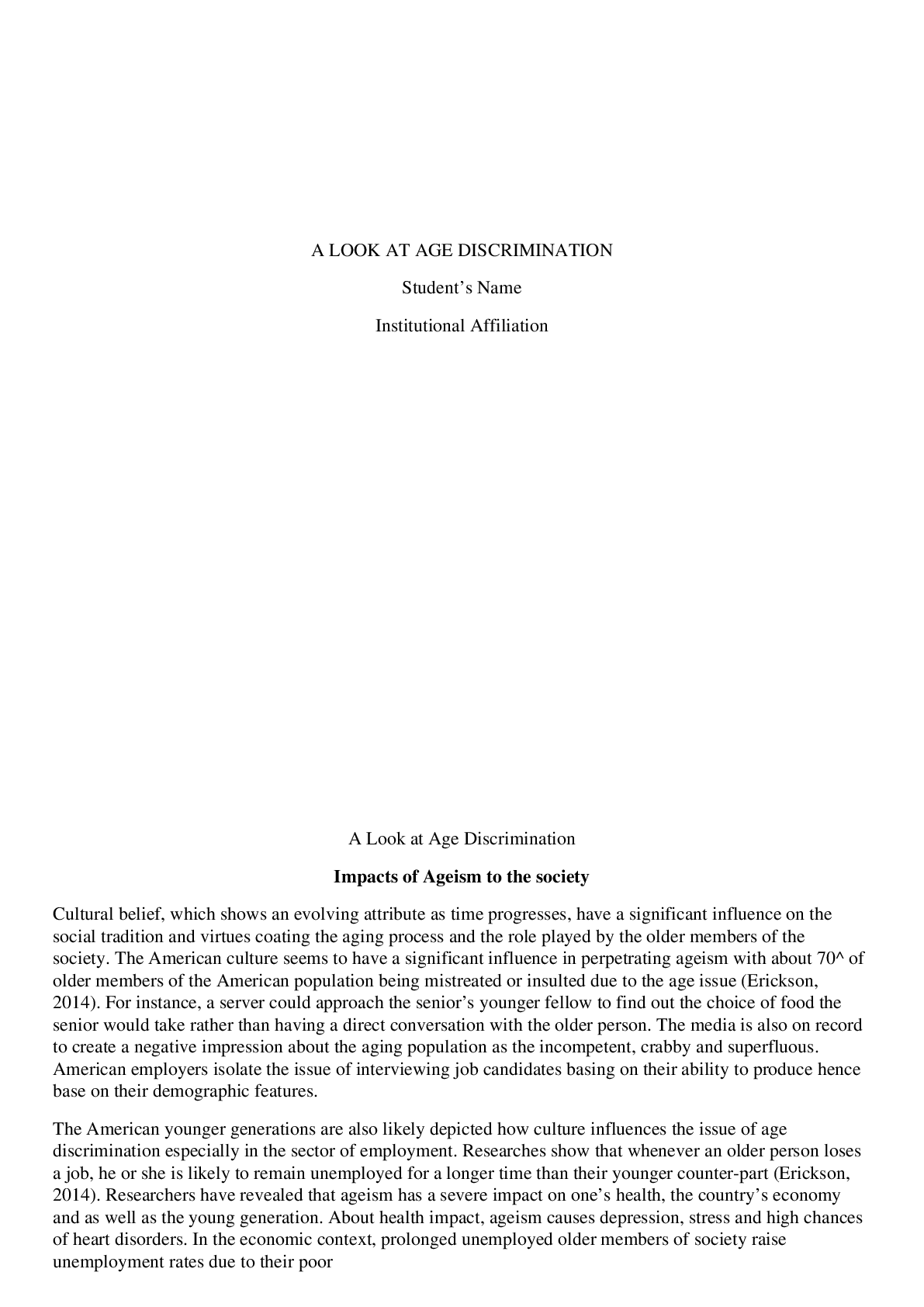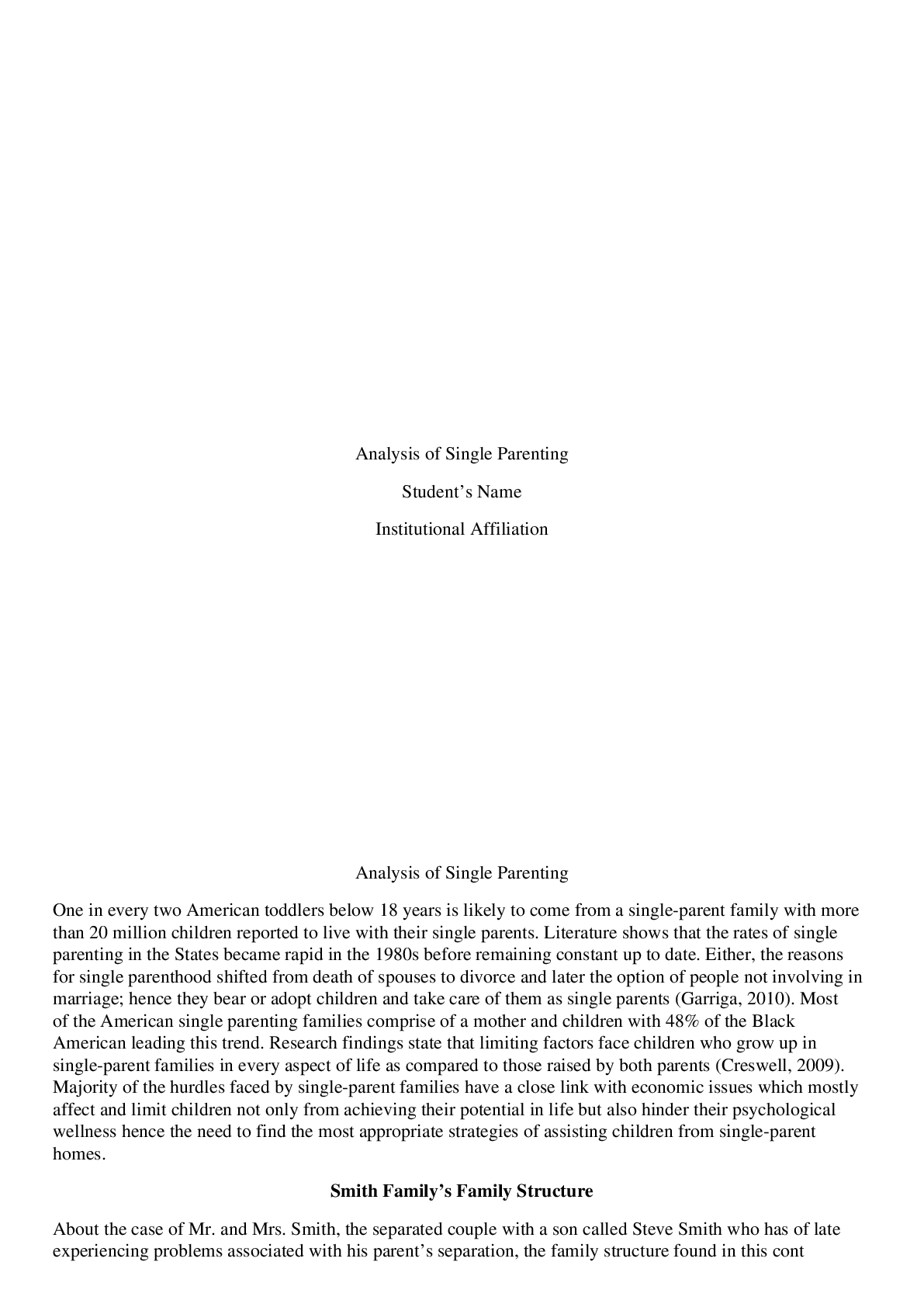ARTS social disorganisation theory
Document Content and Description Below
Select one of the criminological theories or perspectives that we studied this semester and evaluate whether it is useful for understanding the ‘problem’ of youth crime in Victoria. As part of y... our evaluation, you should consider whether any other theories or perspectives might help to address its explanatory limitations. You must provide evidence and specific examples to support your analysis. The social disorganization theory, developed by Clifford Shaw and Henry D. McKay, researchers from the ‘Chicago School’ offers a critical perspective on looking at the ‘problem’ of youth crime in Victoria, and effectively gives a breakdown of the relevant factors. The social disorganisation theory refers to the link between urban ecology and the rates of juvenile delinquency. It asserts that the cause of youth delinquency is not the individual itself, but instead a normal response to unfavourable ‘social, structural, and cultural characteristics of a community’ (Wong, 2002). In other words, individuals in a community where there is a lack of social control and cohesion, and a failure to realise common goals and standards results in unrestrained behaviour, thus leading to delinquency. In turn, correlating the ecological environment individuals are in to the reason behind for youth crime. The arising problem of youth crime is a pressing issue, with a ‘heavier concentration of offenders in Victoria aged between 16 and 24 than for older age groups’ (ABS NEWS, 2018) , thus it is essential to be able to understand youth crime and how to prevent it. Here is where social disorganisation serves to explain a few of the causes of youth crime, by addressing the idea that it is the location, not the individual, that is to be held accountable for youth crime rates. Additionally, areas with a lower socio-economic status will experience higher rates of crimes than higher socio-economic areas. Lastly, the theory explains why some (socially organised) areas may have a lower crime rate with the concepts of collective efficacy and social cohesion. However, it is also not without limitations, with the 1Yang Jun Gu 3072718 Social disorganization theory introduction of other criminological theories such as the routine activity theory that can serve to further and more completely understand the problem of juvenile delinquency. [Show More]
Last updated: 2 years ago
Preview 1 out of 11 pages
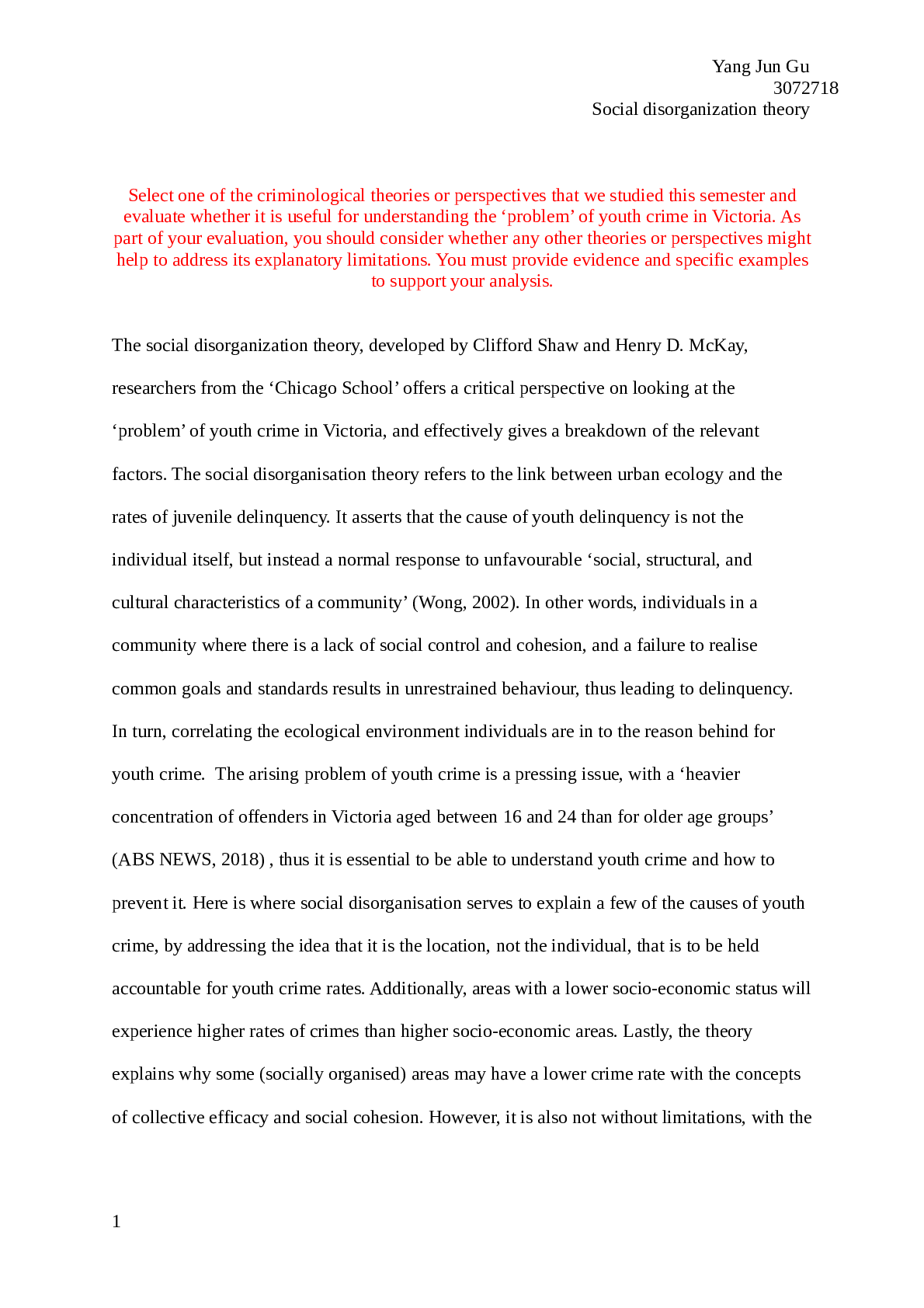
Buy this document to get the full access instantly
Instant Download Access after purchase
Buy NowInstant download
We Accept:

Reviews( 0 )
$9.00
Can't find what you want? Try our AI powered Search
Document information
Connected school, study & course
About the document
Uploaded On
May 22, 2021
Number of pages
11
Written in
Additional information
This document has been written for:
Uploaded
May 22, 2021
Downloads
0
Views
80



.png)
